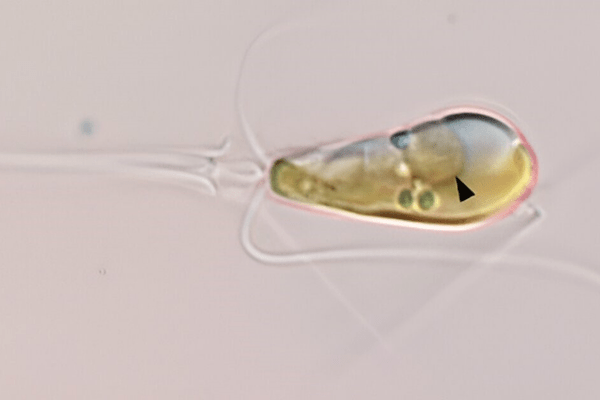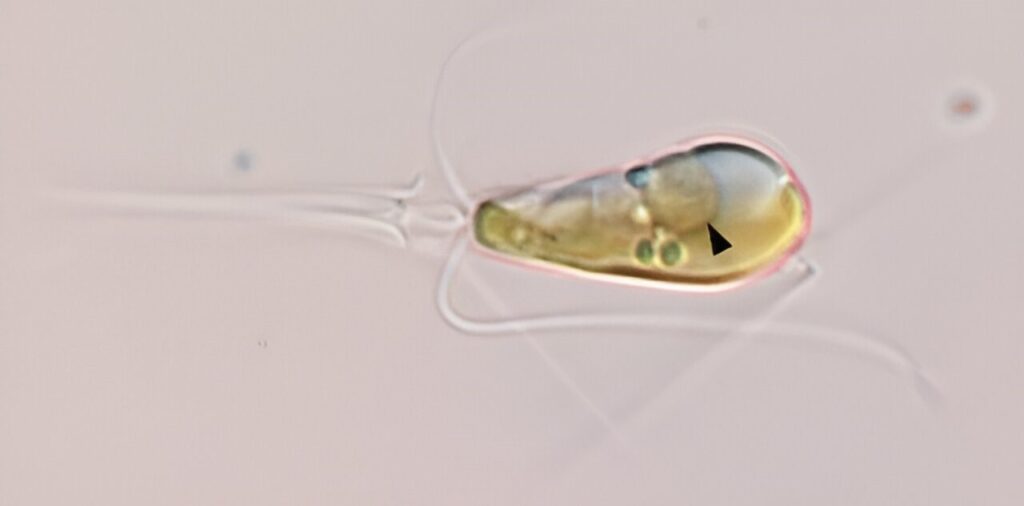Scientists have made a groundbreaking discovery in marine biology by identifying nitroplast, the first nitrogen-fixing organelle found in the marine algae Braarudosphaera bigelowii, challenging established views on nitrogen fixation.
Key highlights of the Discovery:
- The identification of nitroplast marks the first known occurrence of a nitrogen-fixing organelle within a eukaryotic cell.
- The existence of nitroplast challenges the traditional belief that nitrogen fixation is an ability exclusive to prokaryotes, such as bacteria and archaea.
- This discovery provides a fresh perspective on nitrogen fixation, which could have significant implications for sustainable agriculture and environmental management. Specifically, it could help decrease dependence on chemical fertilizers.
- Nitroplast is considered a recent evolutionary development, having appeared approximately 100 million years ago. This is a relatively new event in the context of organellogenesis, especially when compared to ancient organelles like mitochondria and chloroplasts.
About Nitrogen Fixation:
- Nitrogen fixation is a vital biological process where nitrogen gas (N2) from the atmosphere is transformed into ammonia (NH3).
- Ammonia is then utilized by living organisms to synthesize crucial molecules like proteins and nucleic acids.
- It was previously believed that only certain bacteria and archaea were capable of fixing nitrogen, often forming symbiotic relationships with plant species like legumes.
Ref:Source
| UPSC IAS Preparation Resources | |
| Current Affairs Analysis | Topperspedia |
| GS Shots | Simply Explained |
| Daily Flash Cards | Daily Quiz |



